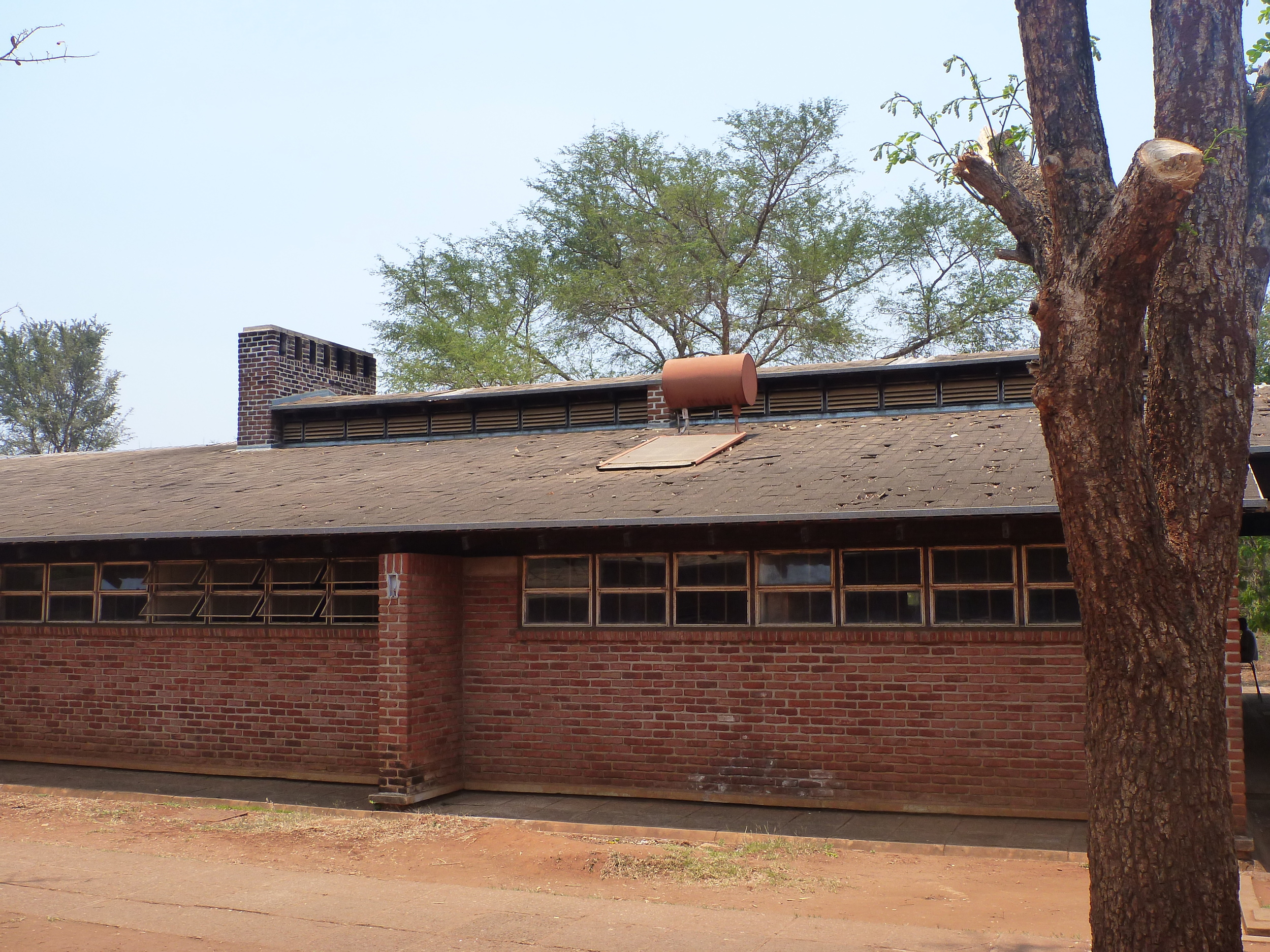Secondary Education in Malawi
Brief Outline of Primary Education
Primary education is free in Malawi and ends at Standard 8. If learners pass their end of primary examinations and obtain their Primary School Leaving Certificate, they can go onto secondary education. Students do not often get to choose where they go to secondary school, the government selects their secondary schools according to their exam results.
Children in Malawi repeat the school year if they fail their exams, so although a child could end Standard 8 at the age of 14, having started at age 5, this is not often the case.
In 2013 68% of primary school children who sat the Primary School Leaving Certificate exam passed.
Secondary Education
Only primary education is free in Malawi. Secondary education has to be paid for. Secondary education begins in Form 1 and ends at Form 4. Technically, a student could end secondary school at age 18 if he or she never has to retake a school year. This is rare. In the school year 2013 – 14 out of a class of 100 Form One learners at Malowa Community Day Secondary School, there were only three students who were 14 years old.
Salima Secondary School, Malawi










Examinations
Malawi National Examination Board (Maneb)
Junior Certificate Of Education (JCE)
Under the current system children in Malawi at the end of Form 2 sit the Junior Certificate of Education (JCE).
Students must pass at least 6 subjects including English. The subjects include the following:
Agriculture,Bible Knowledge, Biology, Chemistry, Chichewa, English,
Geography, Life Skills, Mathematics, Physical Science, Social
and Developmental Studies
Grades:
A = Excellent, B = Very Good, C = Good, D = Average & F = Fail.
In 2015 the pass rate was 67.8%.
Future Developments
The Malawi Government will, from 2016/2017 academic year phase out the Junior Certificate of Education (JCE) examination. The last JCE examination to be administered will, therefore, be in 2016 for the current Form 2 students.
Press release download:
Phasing out of the JCE Examinations
Malawi School Certificate Of Education (MSCE)
At the end of Form 4 the students sit the Malawi School Certificate of Education (MSCE). This exam allows the student to choose to take examinations in a minimum of six subjects. They can take more, however it is the top six that are counted towards their final score.
Grading System
The MSCE has 9 grades, 1 being the highest and 9 the lowest:
1 = distinction, 2 = distinction, 3 = credit, 4 = credit, 5 = credit, 6 = credit, 7 = pass, 8 = pass & 9 = fail.
To qualify for an MSCE certificate, a student should at least pass English and five other subjects, one of which must be at a credit level.
The top score that a student can receive on their MSCE is a 6, simply meaning that a student scored perfect A’s in six subjects i.e. grades of 1s and 2s which are also required to go to university.
In 2015 the pass rate was 55.2%.
Class size
At present the government’s recommendation for class size is 50, but due to lack of space and teachers, many schools have to put two classes together making a maximum of 100 students.
Teachers
The teachers are moved around by the government or recommended for posts by the head teacher. The head teacher is able to make recommendations for promotion once a teacher has proved his ability to take on further responsibilities.
Teachers often live in staff accommodation on or near to the school to save transport and housing costs. Many schools see building staff accommodation as a priority as teachers do not often originate from the local area.
Salary
A teacher with a degree earns from 80.000 kwacha a month (approximately £133). Teachers who only have the MSCE would earn considerably less. Head teachers could earn up to 120.000 kwacha a month (approximately £200).










